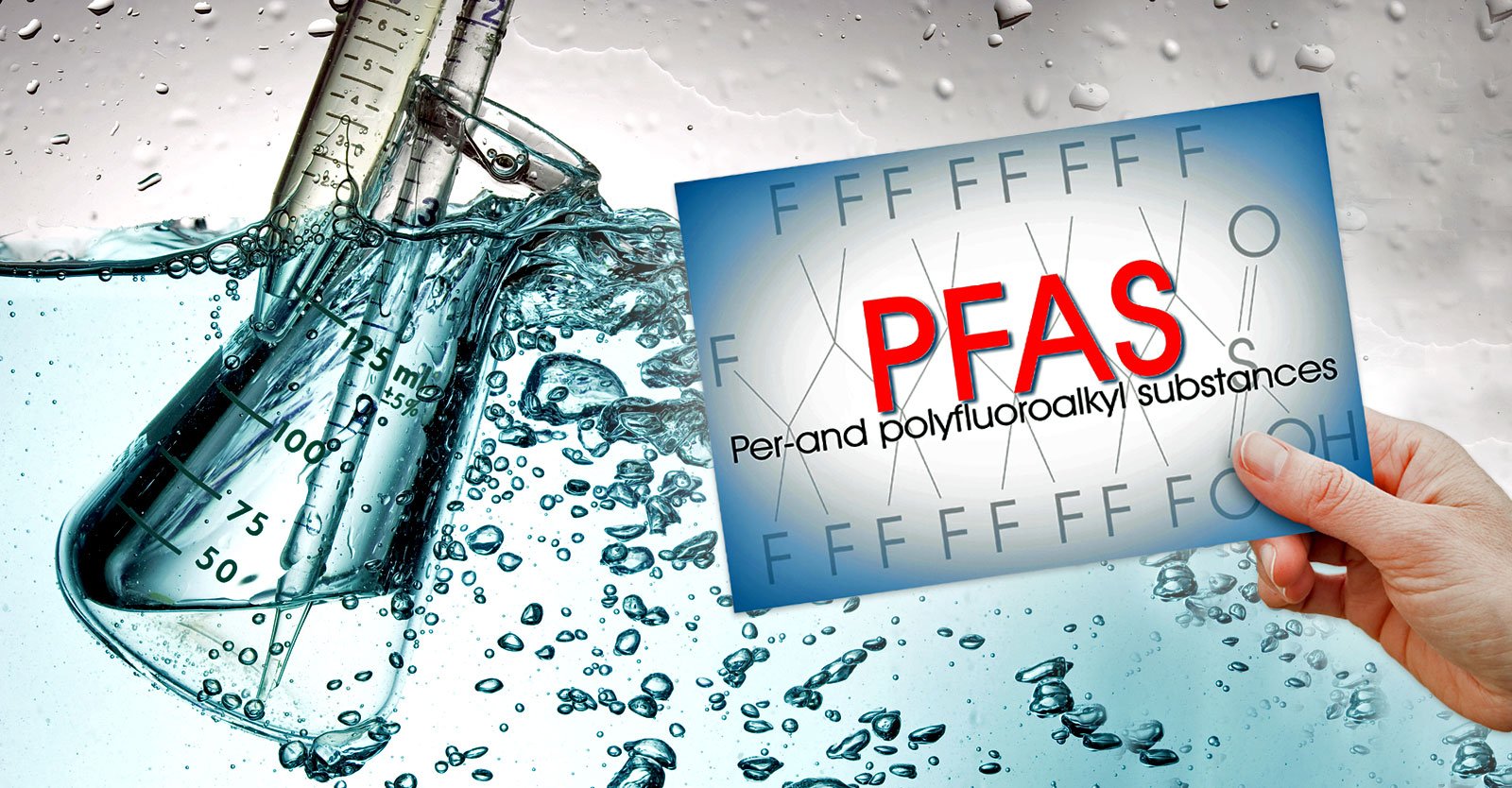Today, women who are exposed to various chemicals usually develop ovarian and other kinds of cancer. Research funded by the US government revealed that these chemicals have increased the risk of melanoma in women as well.
Utilizing data compiled by the CDC (Centers for Disease Control and Prevention), a group of academic researchers gathered proof that PFAS exposure resulted in cancer in women. Today, PFAS (per- and polyfluoroalkyl substances) is used in several industrial and household products that comprise heat- and stain-resistant items.
PFAS is best defined as a big family of man-made chemicals that have been widely used in several consumer and industry products since the 1950s. PFOS (Perfluorooctane Sulfonate) is a long-chain PFAS that is available in old stocks of AFFF (Aqueous Film Forming Foam), which is a fire suppressant used at fire training facilities and other sites to extinguish fuel-based fires.
Since it stays longer in the environment and the human body after ingestion, PFAS has been termed “forever chemicals.” It’s the staying power of this chemical that causes ailments and cancer.
In this article, we will delve into the link between PFAS and cancer and highlight the legal help that is available for victims.
Cancer and PFAS: Understanding the Link

In September 2024, AboutLawsuits.com reported that women who were diagnosed with uterine cancer, ovarian cancer, and melanoma had higher PFAS levels in their bloodstream. This insight was shared by researchers at the University of Michigan and was later published in the ‘Journal of Exposure Science and Environmental Epidemiology’.
PFAS comprises more than 9,000 man-made substances that have been used for years to resist water, oil, and grease. Studies suggest that PFAS exposure results in varied side effects and ailments, such as thyroid disease, liver damage, high cholesterol, decreased fertility, cancer, hormone suppression, and obesity.
The majority of the PFAS water contamination in the U.S. has been caused by the use of AFFF (aqueous film-forming foam). Firefighting foam is used for combating fuel-based fires, mostly in airports, military bases, and other firefighting training locations where vast volumes of chemicals get dumped daily into the environment.
Today, 3M Company, along with others, is facing PFAS water contamination and AFFF lawsuit cases. The complaints allege that the manufacturers were aware of the health hazards these chemicals can pose but still didn’t reveal them to the public.
The study highlighted that several chemicals, including PFAS, can disrupt the endocrine system, which regulates hormones in our body. Researchers checked the blood concentrations of seven varied PFAS chemicals, along with 12 parabens and phenols. After that, they compared the same with a self-reported cancer diagnosis, making use of information provided by the National Health and Nutrition Examination Survey.
The researchers searched for incidences of breast, thyroid, uterus, ovary, and prostate cancer. Here, the data comprises incidence rates for both women and men when assessing cancers that didn’t fall into any specific gender category.
Based on the insights, women who got diagnosed with melanoma previously had double the percentage of PFAS chemicals in their bloodstream, compared to the ones who didn’t have severe skin cancer. On the other hand, women suffering from ovarian cancer had three times more PFAS. Women who developed uterine cancer had almost 50% higher PFAS levels compared to others.
Hence, studies reveal that ‘forever chemicals’ can adversely affect the amount of thyroid hormones, testosterone, and estrogen in the body. Additionally, these chemicals can also change biological pathways.
Women must keep a check on their symptoms and find out whether they developed cancer due to PFAS exposure. In that case, it is necessary to take the correct medical and legal action.
Preventative Measures and Public Health Initiatives

While the legal battles and compensation are crucial for those affected, prevention remains a key strategy in combating the risks associated with PFAS exposure. Public health initiatives have started to focus on reducing PFAS use in consumer products and industrial processes. Governments and environmental agencies are pushing for stricter regulations and seeking alternatives to PFAS-containing products.
Educational campaigns are also being launched to inform the public about the dangers of PFAS and how to minimize exposure. These include checking for PFAS in household products, understanding the risks of non-stick cookware, and being aware of the potential for PFAS contamination in drinking water.
Moreover, health organizations are advocating for regular blood testing for individuals at high risk of PFAS exposure, such as those living near industrial sites or military bases. These tests can help detect elevated levels of PFAS early, potentially leading to quicker intervention and better health outcomes.
Navigating the Legal Path

In June 2024, 3M Company agreed to pay more than $12.5 billion as an AFFF settlement payout and resolve the complaints filed by the local water suppliers. Hence, if you or anyone you know has suffered from ovarian or uterine cancer due to PFAS exposure, seeking legal recourse is essential. Other than getting your desired compensation, it will bring your story to light, which will warn other women and help them to become cautious.
TorHoerman Law states that getting in touch with a lawyer is essential to fight the legal battle. Women must gather their cancer diagnosis information and medical records as evidence and share it with their respective lawyers. They can also share data like employment records, the duration of PFAS exposure, and any personal testimony. It will help their lawyer develop a strong case that will ensure a favorable verdict.
Conclusion
Usually, people think only firefighters and airport professionals can be affected by PFAS exposure. Recent studies have shown women have developed uterine and ovarian cancer by getting exposed to ‘forever chemicals’ through drinking water or even the surrounding air.
Hence, women must avert PFAS exposure. The ones who are already affected by it and are suffering from cancer and other fatal diseases should opt for a legal recourse to get covered for their damages and raise awareness for the same.




